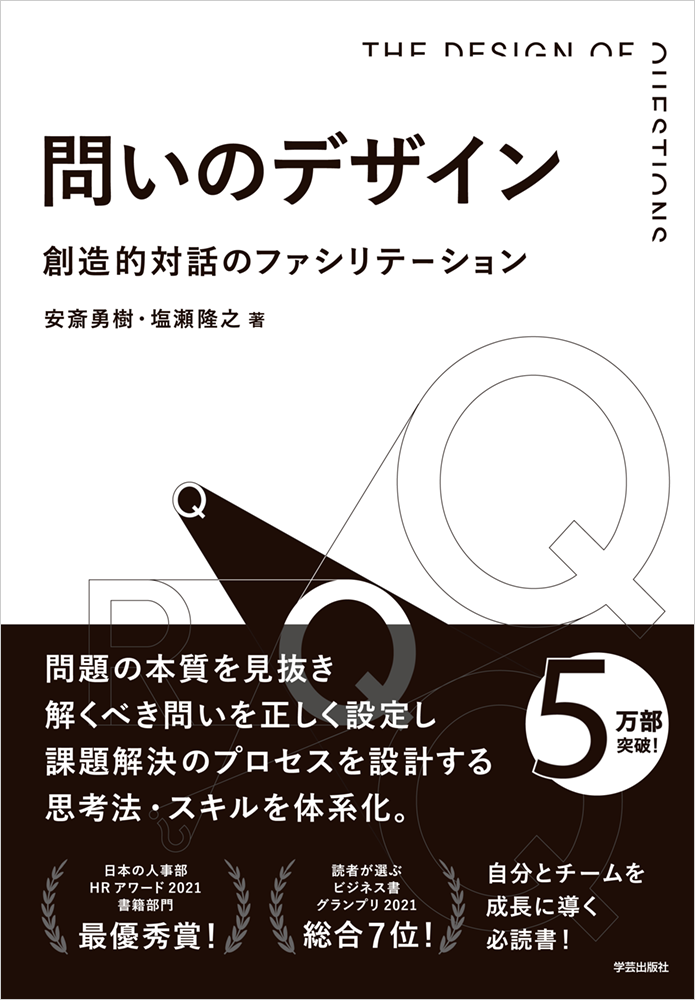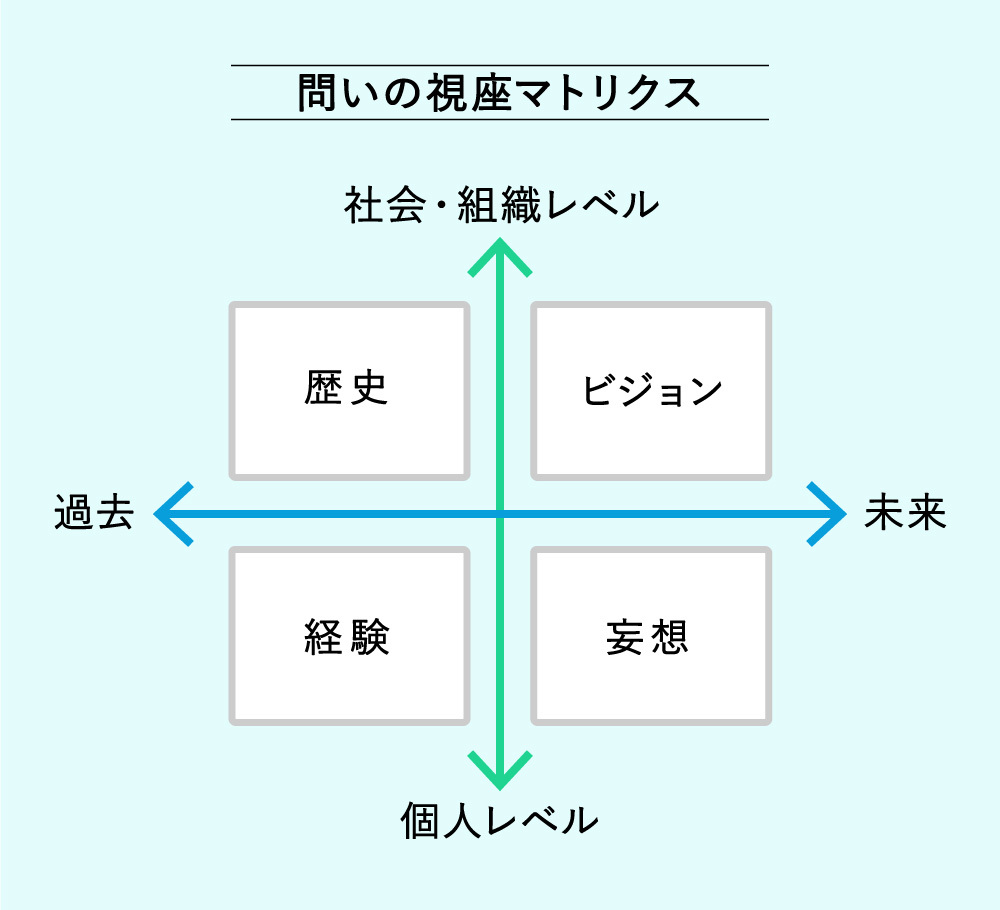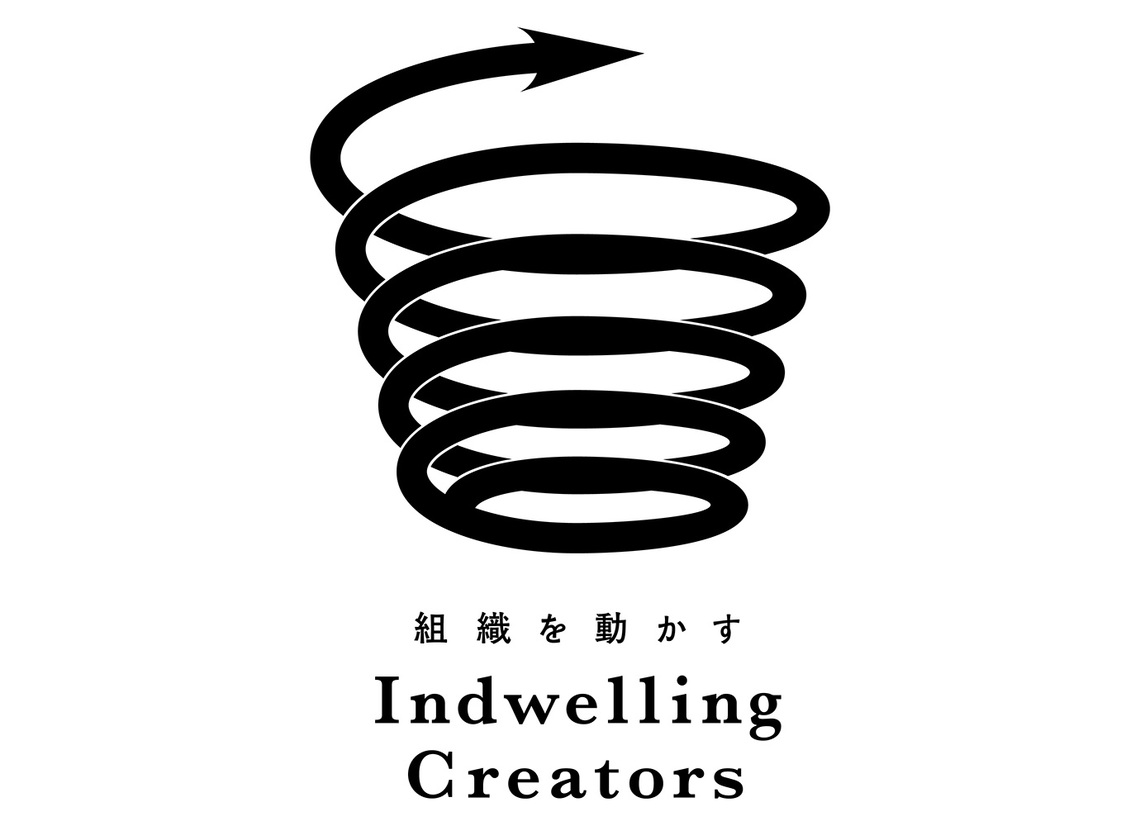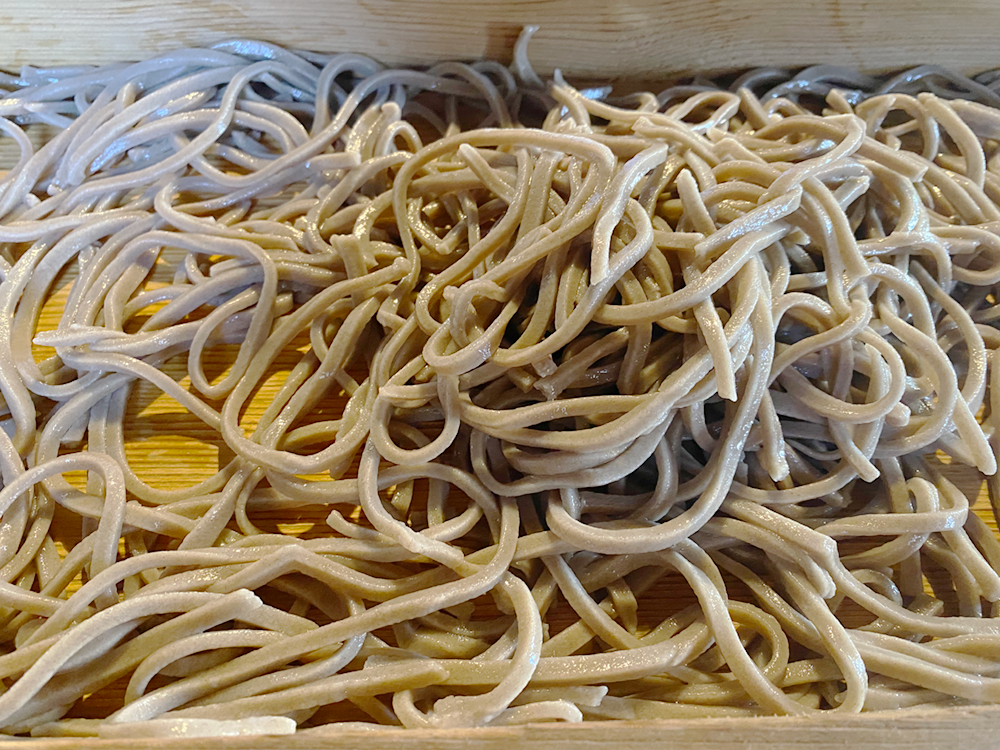There are two main ways for leaders to move an organization.
If you want to move your organization "quickly," "correct instructions" are effective. The organization will surely function efficiently, like an army. However, if you want to maximize the organization's creativity, what you need at that time is good "questioning." This is because "correct instructions" can potentially stifle the creativity each member possesses.
Learning "Question Design"
Now, regarding these good "questions," I came across a highly insightful book: "Designing Questions: Facilitating Creative Dialogue."

Provided by: Gakugei Publishing
This book is a co-authored work by two individuals who wear two hats: scholar and practitioner.
Their discussion reveals that the core issue for organizations seeking change or innovation yet finding themselves "unable to change despite wanting to" is
- "Fixed Perceptions" (a state where one ceases to question "Why is this the case?")
- and "fixed relationships" (i.e., relationships implicitly formed within a community).
The book begins by pointing out that the core issue lies in these two areas.
Furthermore, it explains the proposed method for resolving these two fixations, "Question Design," organized into two stages: "Problem Design" and "Process Design."
While I highly recommend reading the details yourself, the following points particularly stood out to me:
① The necessity of a workshop
As a fundamental premise, this book is set entirely within the context of "workshops," with the protagonist being the "facilitator." Writing this might make it seem like a somewhat specialized situation, like a "training session," leading some to think it's not directly applicable to real business. However, that would be jumping to conclusions.
Typically, "everyday business" unfolds within fixed frameworks of understanding and relationships, driven by analytical, logical "correct instructions." This is because it's the most efficient approach. Yet, new ideas won't emerge unless we shake up fixed notions and challenge group dynamics.
The authors describe the essence of workshops as "non-routine," "democratic," "collaborative," and "experimental"—all elements that shake up fixed frameworks. Any practitioner needing ideas must consciously create a "workshop"-like "space" independent from daily routines and unconstrained by efficiency (regardless of whether an external facilitator is brought in).
② Inducing Social Significance and Intrinsic Motivation
In this book, a "challenge" is defined as "a problem positively agreed upon by stakeholders as 'something that should be solved.'" Within the chapter on "designing challenges," "effectiveness," "social significance," and "intrinsic motivation" are listed as criteria for judging a good challenge.
Regarding "effectiveness," this factor is equally crucial for military-style "correct instructions" that swiftly mobilize an organization. Beyond that, we confirmed that for "questioning" that further activates an organization's creativity, two perspectives are indispensable: social significance ("How much does this contribute to realizing a better society?") and intrinsic motivation ("Can members genuinely engage with this as their own project, feeling excited about it?").
③ The Matrix of Questioning Perspectives
Every "question" in business inherently contains a "perspective" that already defines the direction for participating members. For example, even within the same mobility topic, the nature of thinking shifts between questions like "What frustrations have people experienced with transportation so far?" and "What is the optimal form of mobility for Japanese society?" This is precisely why leaders need the skill to consciously control the "perspective" embedded within the questions they pose to their organization.

Figure cited from "Question Design: Facilitating Creative Dialogue"
The "Matrix of Question Perspectives" introduced in the chapter on "Process Design" seems particularly helpful in such situations. It allows us to assess how social or personal the question currently being posed is, and what its temporal scope is. By combining these multiple perspectives, we can guide members to move back and forth between the abstract and the concrete, thereby increasing the resolution of the dialogue.
Questioning "Question Design"
At the same time, three new questions I'd like to pose to the authors have emerged.
One concerns "answers."
While this book exhaustively explains "questions," its counterpart, "answers," is described only as "new meanings or ideas," leaving its true nature unclear. What should be the "target quality" of answers to be obtained in a "workshop-like space" unconstrained by efficiency?
I believe it should be "a 'concept' as a new meaning—obtaining that 'one phrase'." And to obtain a "concept" that functions sufficiently beyond mere inspiration, I think there are limits to workshops constrained by time, such as those lasting just two days or five sessions.
The other point is about "design," which also appears in the title.
This term also has various definitions, but I understand it as "giving form to intent." And I believe its greatest characteristic is that there is no fixed order between "intent" and "form"; it is an eternal, reciprocal movement of giving form to intent while simultaneously deciphering the intent embedded within the form. I want to understand the authors' intentions behind the title "Designing Questions."
This is because the book follows a sequence where the "problem" is defined first, and then the "answer" is sought through a "creative process." I understand this is a necessary method to make workshops function within limited time, but when creating "workshop-like spaces" in any business, I fundamentally believe (as with design) that there is no inherent sequence between "problem" and "answer," and that this eternal interplay is what truly matters. What do you think?
The final point concerns the role of the "leader."
The book's theme is fundamentally a facilitator-led "workshop," and one of its core elements is "democracy." For example, "vision" is treated as something developed through repeated dialogue and a bottom-up process.
While democracy is indeed essential for creative dialogue, it's also true that a leader's "realistic idealism" and a strong sense of "What must be done here and now?" can ignite members' creativity.
In other words, the "power to ask questions" demanded of a leader may not be limited solely to the facilitator-like skill of stimulating thought. I believe a leader's major role is precisely to lead thinking by, in a sense, "compellingly" showing organizational members what should be done within the context of "here and now," amidst situations where various elements are intricately intertwined.
Incidentally, the core of Dentsu Inc. 's "Indwelling Creators" service is "Creative Dialogue." We started using this term internally in the fall of 2021. However, I only recently learned that this book, "Question Design: Facilitating Creative Dialogue," was published over a year before that.
I'm delighted to have gained so much stimulating knowledge from this book I happened upon, and even more so that it sparked new questions about "questions" (the book's central theme).
Now then.
The answer to the "question" "What about lunch?" during my recent trip to Yamagata was unquestionably soba. The chance had finally arrived to taste the country-style soba served in an old thatched-roof farmhouse, which I'd seen in a magazine over 30 years ago.
Served in a long, large wooden box, the thick, firm noodles were less about the smooth throat feel and more about savoring their flavor with a good chew – a true delicacy. I applauded my intuition, which had longed for this for over a quarter-century. November is the season for new soba, so I really want to go eat there again.
Please, enjoy!











